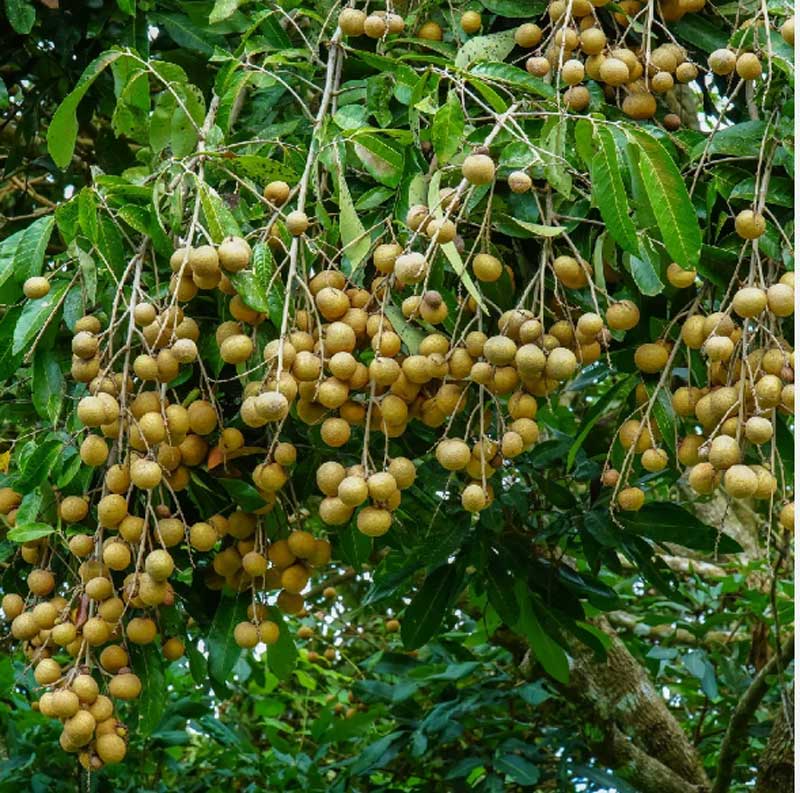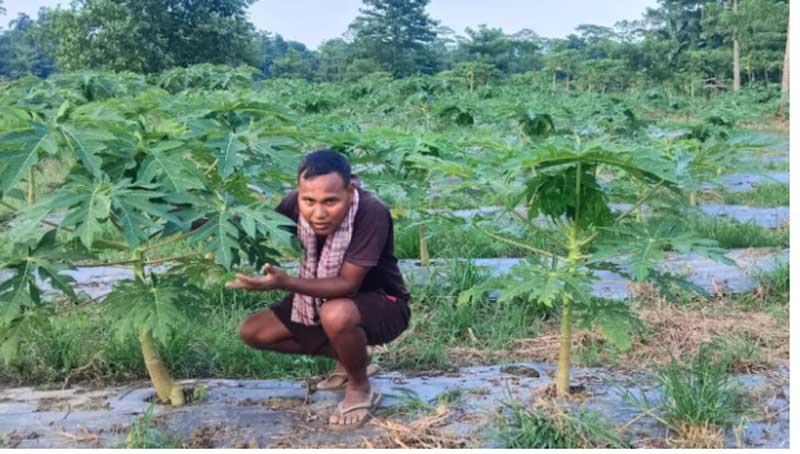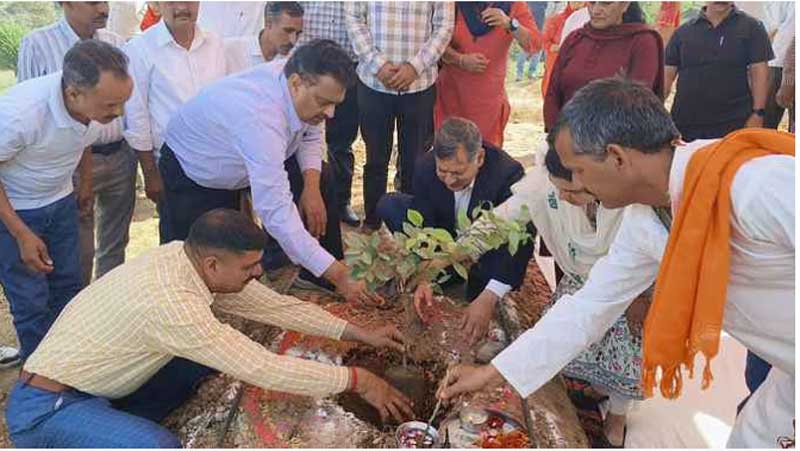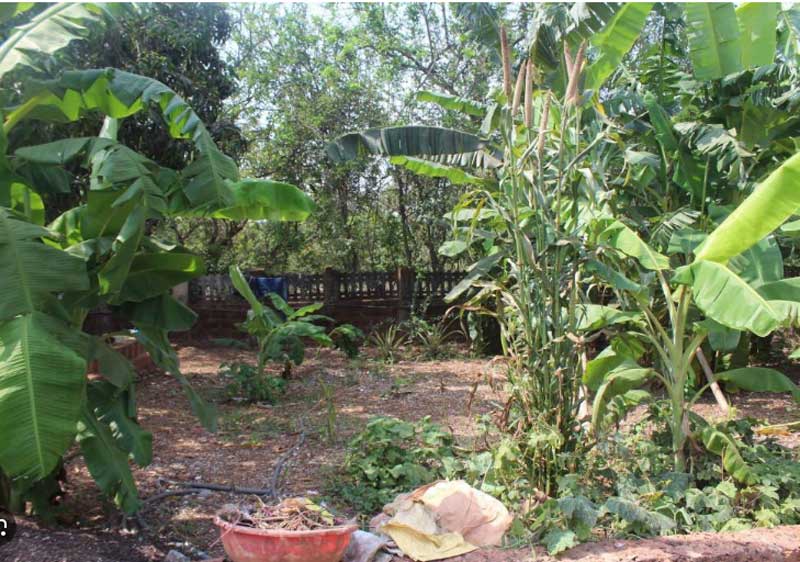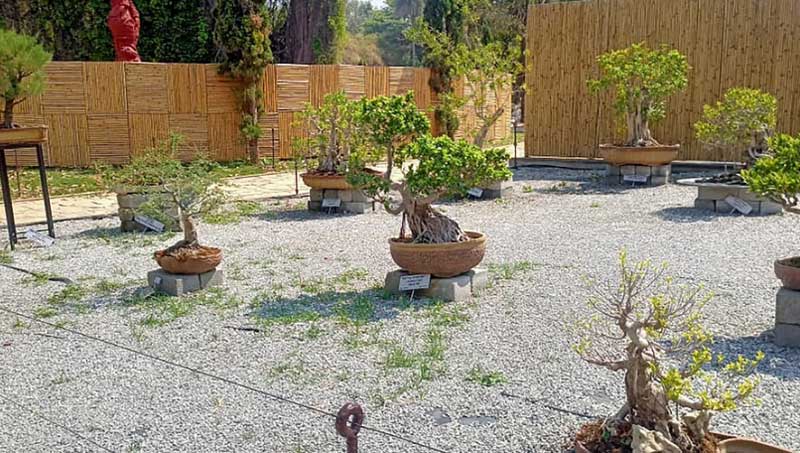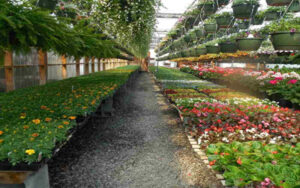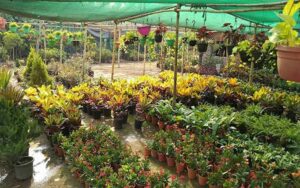Stop consuming chemical loaded grapevines, learn to produce healthy ones
Nursery Today Desk
New Delhi. Market oriented farming has become very popular now. To earn high profits in less time and with less resource is the main agenda of marketers. The main element that helps them in this regard is using plant growth regulator chemicals.
Grapevine has a wide market, also used for making wine and raisins. So, grapevine producers are rigorously engaged in producing high yields in minimum time and so, regulators like gibberellic acid, chloro-phenoxy acetic acids such as 4-CPA, 2,3,4-T, growth-retardants, viz., CCC, Phosfon-D, ALAR, and Ethephon are being widely used to produce marketable grade berries.
Now, these chemicals enter our body whether we consume them fresh or their products like raisin or wine. It has harmful effects on our body. Toxicity increases with increased chemical concentrations, particularly when sprayed just before harvest. However, distilleries are increasingly preferring using organically cultivated grape berries that are farmed without the use of chemicals.
In this regard, it should be noted that where the vegetative development of the vines is good, some specialised horticulture approaches show to be highly beneficial in improving crop quality and output.
Effective techniques to produce high quality grape vines
Thinning
Over-production of bunches has been seen in numerous grapevines. This appears to be beneficial in terms of increasing yield, yet it does not occur. On the contrary, such a bearing reduces yield as well as the commercial quality of the berries. The negative impacts of such over-loaded vines include berry maturation delays, inappropriate colour development, uneven ripening, decreased soluble solids content, increased production of shoot berries, and premature drop.
As a result, cropping intensity must be managed in such a situation by preventing overabundant berries from developing on a vine. This could be accomplished by allowing a suitable amount of flowers to develop in a vine while removing the rest. Thinning is the word for this type of specialised trimming. Manual removal of the components is possible by clipping with pliers, secateurs, or a pruner. The benefit of thinning is that flowers and fruits that are left unpruned in a vine and allowed to grow do not compete for air, light, space, moisture, and nourishment as they would if all of these were left as they are without clipping, i.e., without thinning.
There are three types of thinning operations that are practiced in grapevines.
- Flower-cluster thinning: The desired number of flower clusters are taken off the vine shortly after they are borne in this method of thinning. Clipping should be done meticulously, taking care not to leave underdeveloped or malformed clusters unpruned. This method directly results in a large number of fruits. This should be noted that this is not well suited to produce compact clusters. Drastic pruning should also be avoided with grape varietals that do not set well, such as Thompson Seedless, Gold, and others.
- Cluster thinning: This method of thinning is considered most beneficial by many viticulturalists. This thinning removes complete flower clusters and should be done shortly before the berries set. The method focuses on grading and categorising flower clusters in particular and is simple to implement. The process is widely used in many countries to produce raisins and wine grapes.
- Berry thinning: This method of thinning involves deleting only sections of clusters rather than the entire cluster. When the berries have not grown adequately, they should be clipped. In this approach, the terminal of the main stem and many cluster branches are trimmed. Among other advantages, this technique of thinning significantly enhances the size of the berries, accelerates their maturity, and significantly improves their quality. The technique is best suited to grape varietals that produce highly compact shapes or extremely huge clusters.
Girdling (Phloem Block)
Water, minerals, and other nutrients are taken up by roots from the earth and transported to the leaves via xylem vessels in higher plants. Complex organic food and other chemicals are synthesised in the leaves from these ingredients and the gases taken up from the atmosphere. The developed components in the leaves are subsequently transported downward via the phloem vessels. If their downward progress is somehow arrested on some section of the stem, for example, by forming a block in the phloem vessel, the materials will be unable to pass the blockade and will continue to accumulate above the arrested, i.e., blocked, area. As a result, the section would be appropriately enriched day by day with the accumulation of these elaborated materials.
Induction of flowers, fruit set, and fruit development will occur above the girdled part as a result of this enrichment of the part, and fruit drop will also be monitored for this reason. This idea is utilised in the girdling or phloem-blocking approach.
It should be emphasised that this strategy does not arrest the continuity of the xylem even while the phloem continuity is. Consequently, this method does not interfere with the materials’ ability to conduct upward.
Ringing
The ringing technique involves twice or three times wrapping a thin metallic or rusted iron ring, measuring 1-2 mm in diameter, around the stem’s chosen portion. After that, it is tightly twisted with a wrench to create the ring, and the wire is then cut off at both ends with pliers. As a result, it appears as though a metallic ring is firmly bonded to the same area. As the stem gets bigger with growth, it presses on the ring and creates a circular cut. Sometimes the ringing method is mistakenly called girdling.
The girdling method is more effective than ringing. Ringing only temporarily disrupts phloem continuity since the repair process happens quickly and joins it. However, part of the damage this approach causes aids in fruit set, flowering, and development.
Notching
In order to create a V-shaped notch cut and a wound, the mature stem section is only partially removed using the notching technique.
This type of wounding causes a vine stem to experience mechanical shock. Such a jolt induces the vine to release certain stimuli, which leads to flowering. However, it is not entirely apparent how helpful the method is, and vines hardly ever employ it. The stem could shatter if there are too many notches. Additionally, the notch cut presents a risk of illness infection. Unless the vine is exhibiting plentiful vegetative growth, the procedure is not advised.

